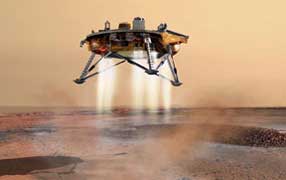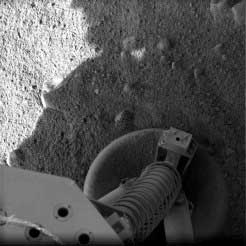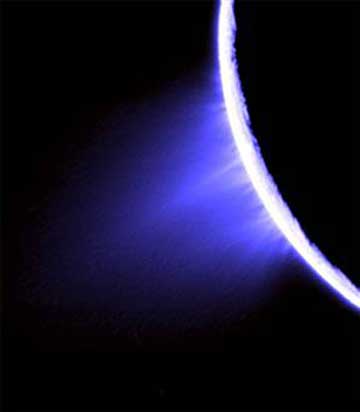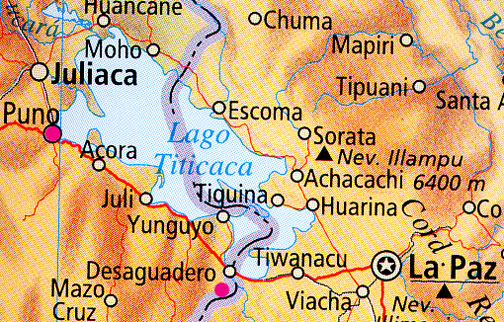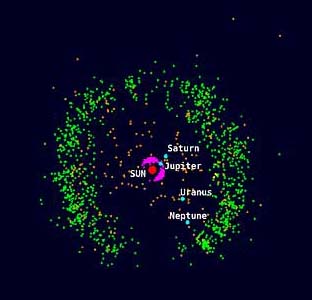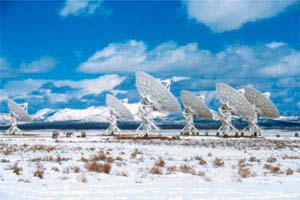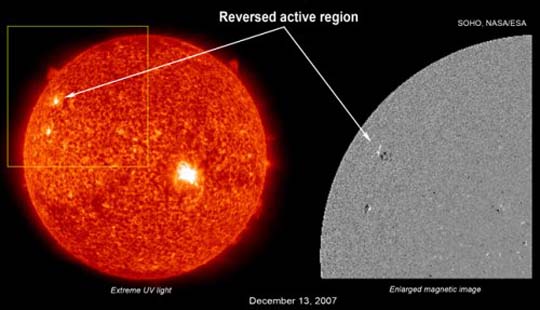“When radar returns on one unknown object (no transponder beeps) did show up in the data from 6:51 PM to 8:00 PM, on our graph it was traveling a straight line headed for Crawford, Texas.”
- Glen Schulze, Electrical Engineer and Radar Specialist

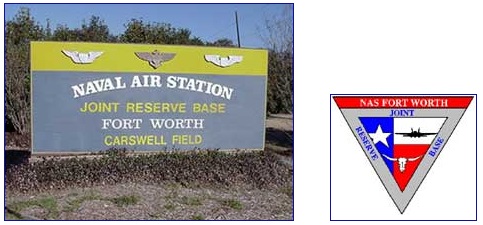
July 26, 2008 Littleton, Colorado - Back in early January to mid-February 2008, a series of unidentified aerial lights and strange craft were reported by dozens of eyewitnesses in the Stephenville, Dublin, and Selden region southwest of Dallas/Fort Worth, Texas. One especially active date was January 8, 2008, beginning a few minutes after 6 PM Central with three eyewitnesses sitting on a hill in Selden southeast east of Stephenville and straight east of Dublin.
Click here to subscribe and get instant access to read this report.
Click here to check your existing subscription status.
Existing members, login below:


